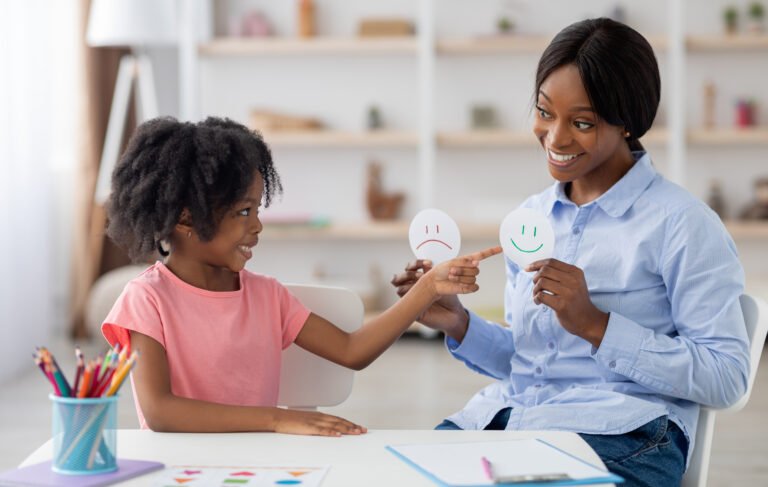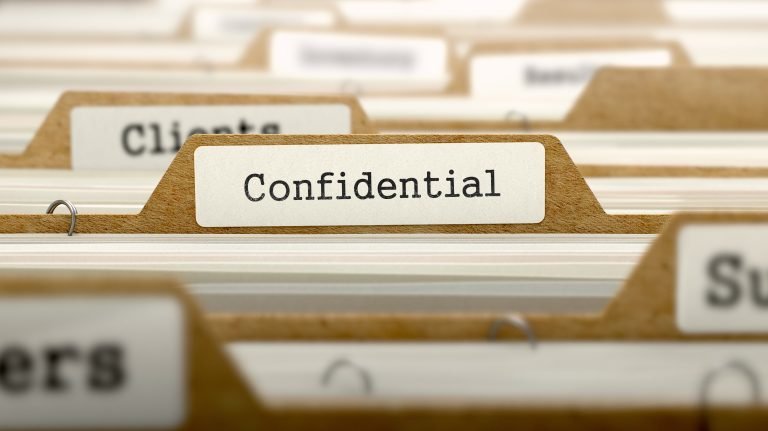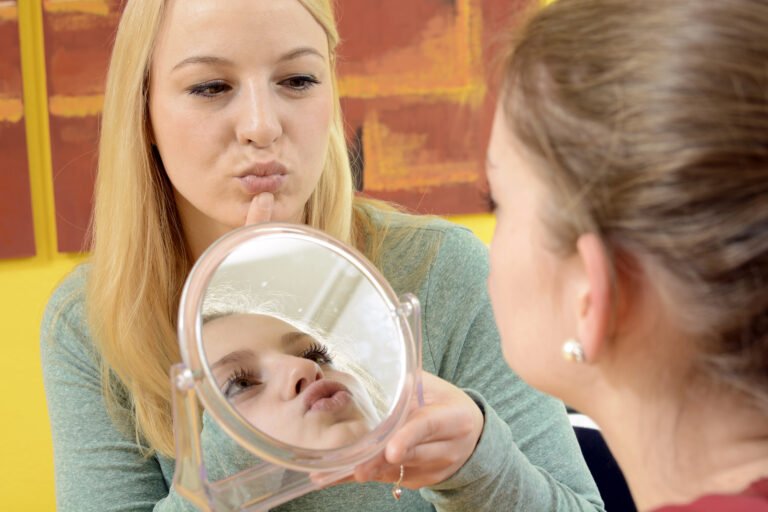Impulse Control Curriculum: Essential Strategies and Resources

Impulse control is one of the most important skills for any student, especially in the hustle and bustle, distraction, and noise-filled classrooms of today. An organized impulse control curriculum will allow students to control their reactions and feelings and, in turn, ensure great improvement in achievement in learning and social interactions. In this blog post, we shall look into strategies and tools that are provided to educators in carrying out a quality impulse control curriculum.
Impulse Control in the Classroom
Impulse control or self-regulation is the control of one’s thinking and acting. In a classroom, this means that students can think before they act, resist the first solution that comes along, and regulate their emotional reactions to situations. Being able to develop these skills is fundamental in academic achievement and social relationships; it lays the foundations for learning and adaptation throughout a lifetime.
The Benefits of Impulse Control Curriculum
Having impulse control strategies in the classroom can have numerous advantages:
- Improved Classroom Management: Teachers experience fewer disruptions, thus creating a more conducive environment for learning.
- Improved Academic Success: Impulse control is beneficial because students can concentrate on what they need to do, follow directions, and complete tasks.
- Enhanced Social Interactions: Students with enhanced self-regulation skills can negotiate well with other individuals, be it for a personal relationship or some conflict.
Impulse Control Curriculum Components
A strong impulse control curriculum has many elements that support a variety of learning requirements, such as:
- Structured Lessons: Clear, understandable lessons on what impulse control is and why it is important.
- Interactive Activities: Those in which students are given a chance to practice what is being taught and provided scope to apply self-regulation skills in a safe and controlled environment.
- Regular practice: Real-life situations where students can apply the practice to make these skills second nature.
My Go-To Impulse Control Curriculums
Elementary School
“Let’s Pause” has become my go-to curriculum for impulse control, and for good reason. This meticulously crafted small group counseling curriculum caters specifically to the developmental needs of young students, aged 5-11, providing them with invaluable tools for managing impulses and making thoughtful choices. Its interactive nature fosters engagement and participation, creating a supportive environment where children feel empowered to explore their emotions and behaviors. Through ten well-structured sessions, students embark on a journey of self-discovery, learning essential skills such as coping with feelings, understanding consequences, and resolving conflicts. Each session is designed to be interactive and engaging, utilizing activities and discussions to reinforce key concepts. Moreover, the curriculum comes complete with resources for counselors, teachers, and parents, ensuring a holistic approach to impulse control education. Through my experience, I’ve witnessed firsthand the transformative impact “Let’s Pause” has on students, empowering them with lifelong skills for emotional regulation and decision-making.

Middle School
“Let’s Pause” is not just another impulse control curriculum for middle schoolers; it’s a dynamic, research-based program that truly engages and empowers students. Crafted specifically for this age group, each session is meticulously designed to provide a hands-on, interactive learning experience. From exploring the metaphor of a remote control for self-control to practicing problem-solving techniques, students are actively involved in every step of their journey towards better impulse management.
The curriculum fosters creativity, critical thinking, and emotional intelligence. Through engaging activities and discussions, students delve into topics like coping skills, perspective-taking, and conflict resolution. They don’t just learn about impulse control; they experience it firsthand, discovering the power of pausing before reacting impulsively and the importance of making thoughtful choices.
I’ve seen firsthand how students respond positively to “Let’s Pause.” They eagerly participate in group activities, share their insights, and apply what they’ve learned to real-life situations. It’s not just about acquiring knowledge; it’s about developing practical skills that will benefit them for years to come. With “Let’s Pause,” students not only build essential life skills like emotional regulation and problem-solving but also cultivate a sense of self-awareness and empowerment that extends far beyond the classroom.

High School
“Let’s Pause” isn’t your typical impulse control curriculum for high schoolers; it’s a transformative journey that equips students aged 14-18 with vital skills for navigating the complexities of adolescence. Grounded in research and designed with the unique needs of high school students in mind, each session is carefully crafted to foster self-awareness, emotional regulation, and decision-making skills.
What sets “Let’s Pause” apart to other small group counseling curriculums I’ve used in the past is it’s hands-on, interactive approach. From exploring the metaphor of a remote control for self-control to engaging in problem-solving activities, students are actively involved in their learning. This dynamic program creates a supportive and nurturing environment where young learners can explore the world of impulse control through engaging discussions and interactive activities.
Through ten thoughtfully structured sessions, students delve into topics such as coping skills, perspective-taking, and conflict resolution. They don’t just learn about impulse control; they practice it in real-life scenarios, gaining valuable insights and skills that will serve them well beyond high school.
I’ve witnessed firsthand the impact of “Let’s Pause” on students. They not only develop a deeper understanding of themselves and their emotions but also learn practical strategies for managing impulses and making thoughtful choices. “Let’s Pause” isn’t just a curriculum; it’s a catalyst for personal growth and empowerment, helping students navigate the challenges of adolescence with confidence and resilience.

Flexible Implementation and Lasting Impact
Across all age groups, these impulse control curriculums provide a comprehensive and research-based approach to fostering essential life skills in students. Moreover, their interactive nature ensures that learning is not only effective but also enjoyable and engaging. Each session is carefully designed to cater to the unique developmental needs of elementary, middle, and high school students, offering a structured yet nurturing environment for exploration and growth.
What’s more, these curriculums aren’t just limited to full-program implementation. With their modular design, individual lessons can be seamlessly integrated into existing counseling sessions, classroom activities, or afterschool programs. This flexibility allows educators and counselors to tailor the material to suit specific student needs and time constraints.
Whether it’s learning about impulse control through fun activities, exploring coping strategies through interactive discussions, or practicing conflict resolution skills through engaging simulations, these curriculums offer a wealth of resources to empower students at every stage of their educational journey. So whether you’re a counselor, teacher, or youth leader, these go-to impulse control curriculums are sure to become invaluable tools in your toolkit for promoting social-emotional learning and student success.

Implementing the Curriculum
Designing an impulse control curriculum requires a lot of forethought and dedication. Here is one way an educator can begin:
Train and Prepare
- Educators will need to be trained in the principles of impulse control. Such training may be in understanding the psychology of impulse control and how to teach others to control their impulses effectively.
- They should make themselves familiar with the curriculum materials given, understanding the content in totality.
Incorporation into Daily Life
- The classroom routines should include the activities and discussions that inculcate impulse control daily.
- This integration makes learning smooth and ensures that students constantly engage with the material.
Monitoring and Adjustments
- One of the important aspects is assessing in a regular manner. An educator needs to know how good the students are in understanding the concepts that were being taught and utilizing them in their behavior.
- With these observations, some modifications to the curriculum can be made. This way, the curriculum has diversified needs of the classroom, thus meeting different learning styles and levels of understanding.
In need of some serious help in delivering your impulse control curriculum within your classroom? Then check out this well-structured and engaging set of “Let’s Pause” workbook, board game and scenario cards – Perfect combination to meet the needs of a diverse range of students. Use these activities in learning the impulse control curriculum with your students. There are many uses for these easily adaptable materials. Begin the process of working with students on impulse control using these materials.

Conclusion
An effective curriculum for teaching impulse control should not be viewed solely in terms of a decrease in classroom disruptions, but it must be realized in preparing students for school success as well as success in life. Through the use of structured materials, the teacher can present resources for the students in a manner that is entertaining and also serves educational functions of facilitating important self-regulation skills such as those embodied in the “Let’s Pause” workbook and game.
If you’re ready to take your A game to new heights in teaching and have your learners acquire the skills of impulse control, then All Therapy Resources are just the ticket. Just go ahead and make your students grow, really beyond your classroom!
FAQs
1: What is the age group that the impulse control curriculum targets?
The impulse control curriculum, specifically the “Let’s Pause Anger Management Workbook” and “Let’s Pause Anger Management Game,” is intended for use with elementary and middle school students. Structured activities designed to teach one to regulate his or her emotions will be of significant benefit, as students are only starting to develop the ability to regulate impulses at this age.
2: How frequently should activities that help in controlling impulse be included in class?
Impulse control activities work best when made part of classroom routine on a regular basis. Preferably, short activities or discussions can be done daily. More thorough lessons or activities should be done weekly to follow up and practice the skills to make it habitual for students.
3: Can the Impulse Control Curriculum be used for E-Learning?
Absolutely! The workbooks and game components are low-tech by design and can be easily reconstructed for online learning. Digital workspaces can then be used to distribute activities, hold forums, and even run games interactively on a remote level, ensuring that the development of impulse control skills is happening virtually.
4: What are some clues that a student is getting better at impulse control?
There are several behavioral changes observable in the student: better impulse control, increased patience, fewer emotional outbursts, and greater involvement with classroom activities and groups, waiting effectively for a turn. Most of all a teacher and parent will notice that the student thinks before they act—this is great progress.
5: What other resource materials would you suggest in teaching the lesson or the curriculum in teaching impulse control?
Apart from the above-mentioned workbook and the game, a series of other resources were helpful at the time including books on emotional intelligence, tools used for mindfulness training, and software to deal with behavior management. In this manner, integration of a gamut of resources can be done to serve the diversity of the students and elaborating on the curriculum for further detailing of the information.














